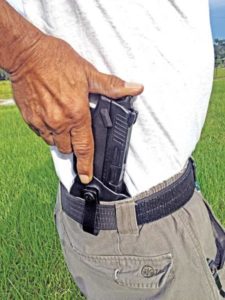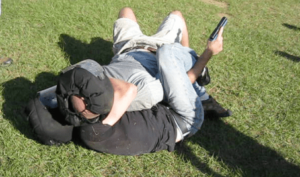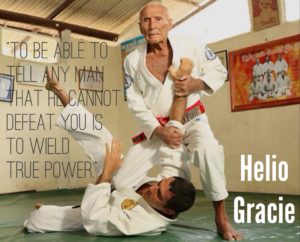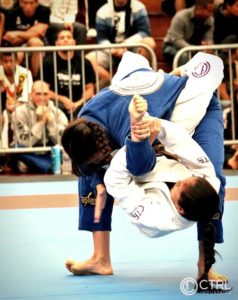It would be nice if every time we did any training – of any type, from BJJ to weight lifting to firearms – we were hitting on all cylinders and our results were awesome every single time. Unfortunately, that is fairly rare, if we are going to be honest with ourselves.
If you keep a training journal (and you should BTW), it does not take long to see that the great workouts are at best occasional, rather than regular. Life has a tendency to get in the way and impacts our ability to perform at top capacity. Some days it almost feels like a waste of time to train. However, those are the days we really need to get the time in.
How do we deal with the frustration though? One way is to look at workouts as two types. The ideal one is when we are flying high. In other words, the good days! For the other times, we need to reframe our mindset from getting better to not getting worse. I refer to those workouts as “Placeholder sessions”.
It is a concept I have heard from many smart and experienced people. Dan John, strength coach extraordinaire, has written extensively about workouts like this, and I remember Paul Sharp of Sharp Defense, trying to impart this wisdom to me more than ten years ago when he emphasized just getting on the mat and doing work no matter what.
Another way to refer to this idea is as “punching the clock”. Like going to work on those tough days and we punch in on our time card and muddle through as best as we can, and then punch out and go home, so we do the workout of whatever type.
Just get the work in. Even if you are not improving, at least you are not back sliding. That is so easy to do. Ask anyone who has taken time off how tough it is to get back to the grind. It is almost an insurmountable obstacle at times, so the best thing to do is not to stop. Just keep putting one foot in front of the other until things improve. Just put in the work.
It is not easy, I know. Believe me, I know. Recently, I went through a family medical issue that essentially required me to either be at work, or at the hospital to be a caregiver. The handful of times I got to my BJJ academy, or the couple of strength workouts I got in, or the handful of dry fire sessions, I can safely tell you with no hyperbole that the results were not particularly enjoyable. However, once the medical issue was resolved and I could put some energy back to use for training, I had an immediate bump in my workout results. Because I did not have to overcome any lulls, I could use the energy and time to actually improve, not just to get back into the game. It made things much easier. A treadmill is easier to stay on than to get on.
So take the concept to heart. Even if you know you are at a low ebb, get a placeholder workout in and be patient. Things will get better, and so will your performance!




